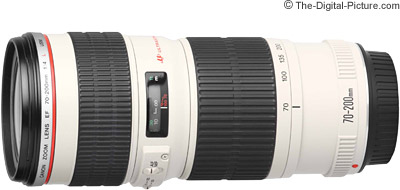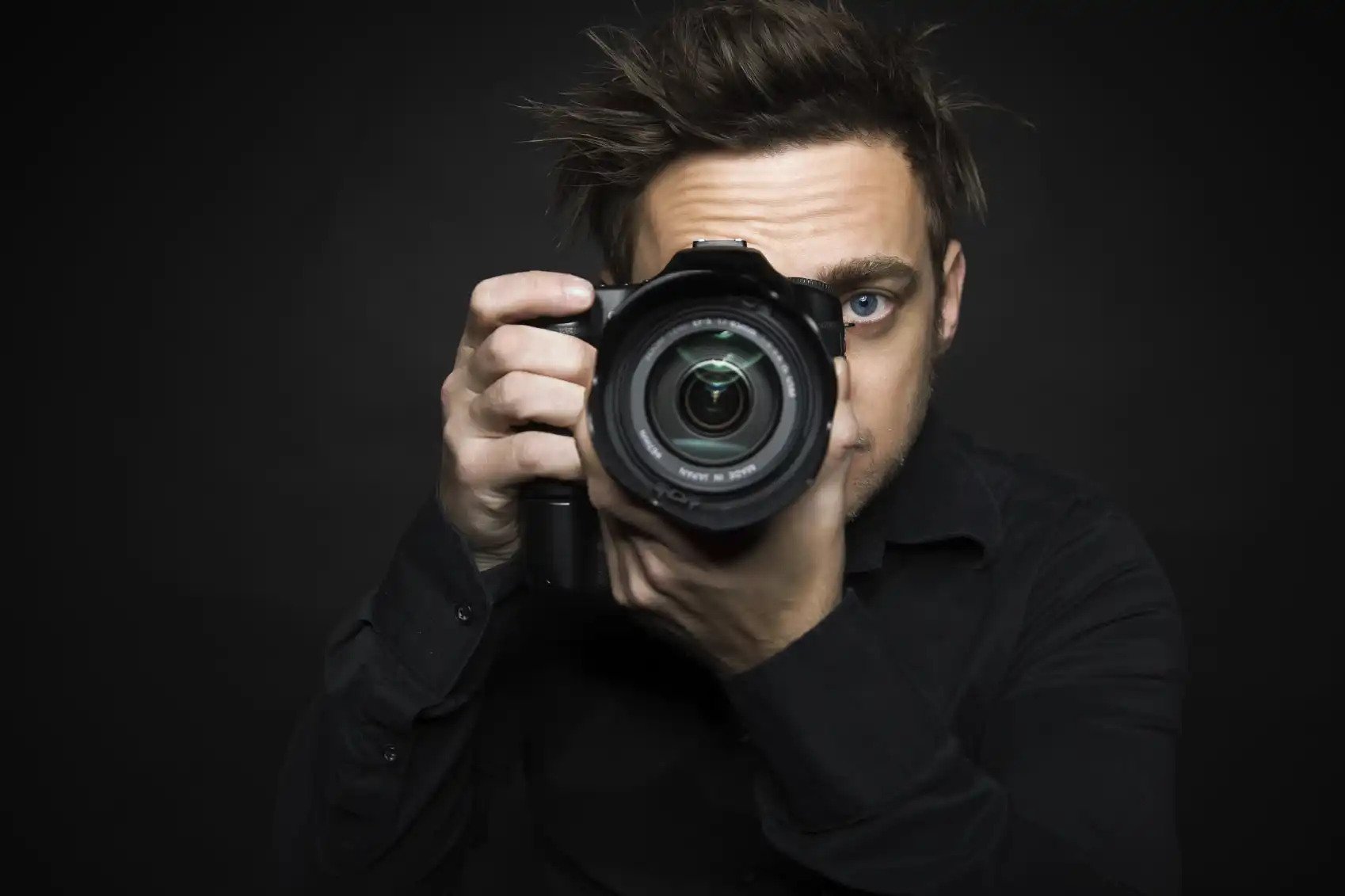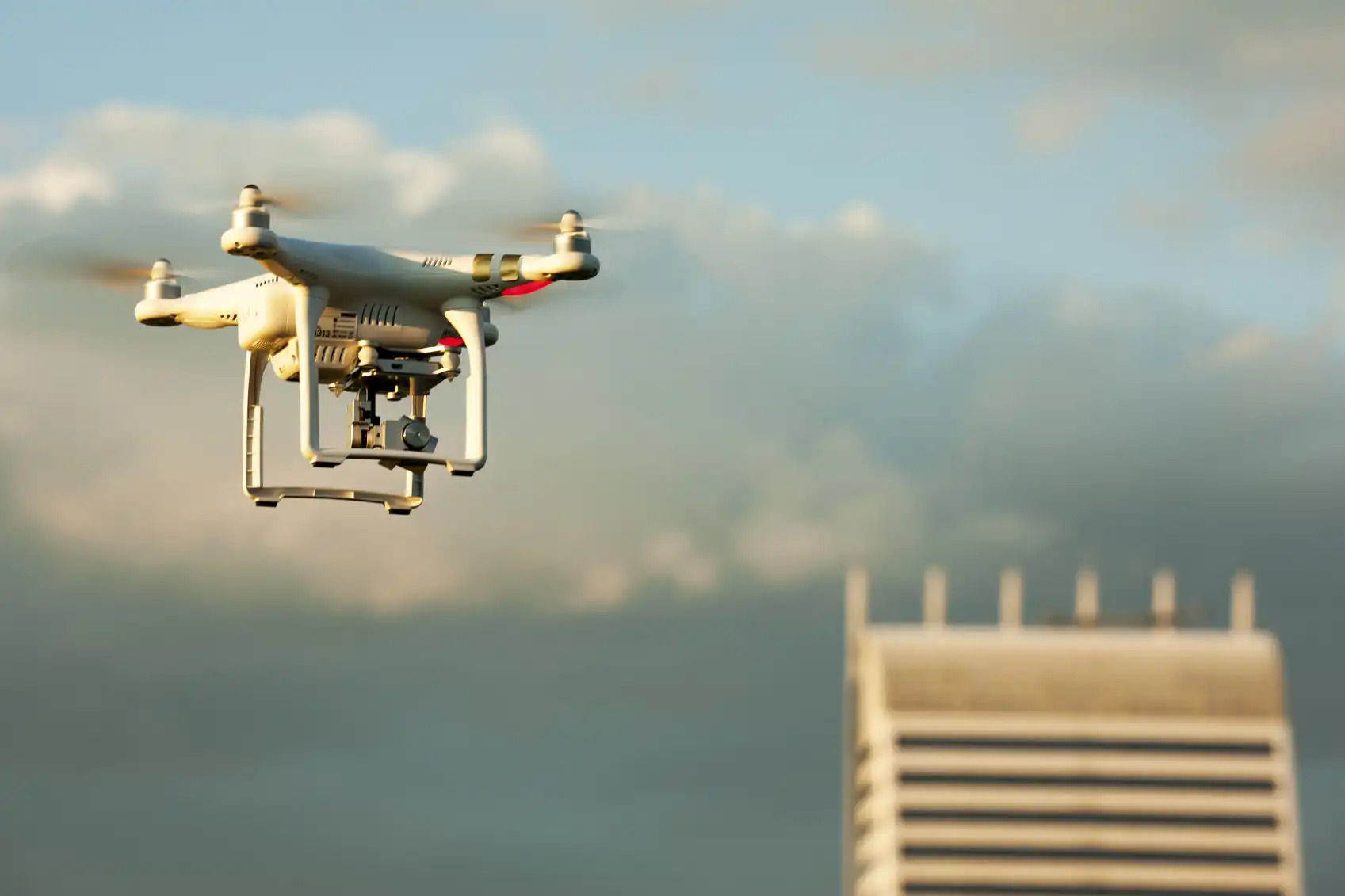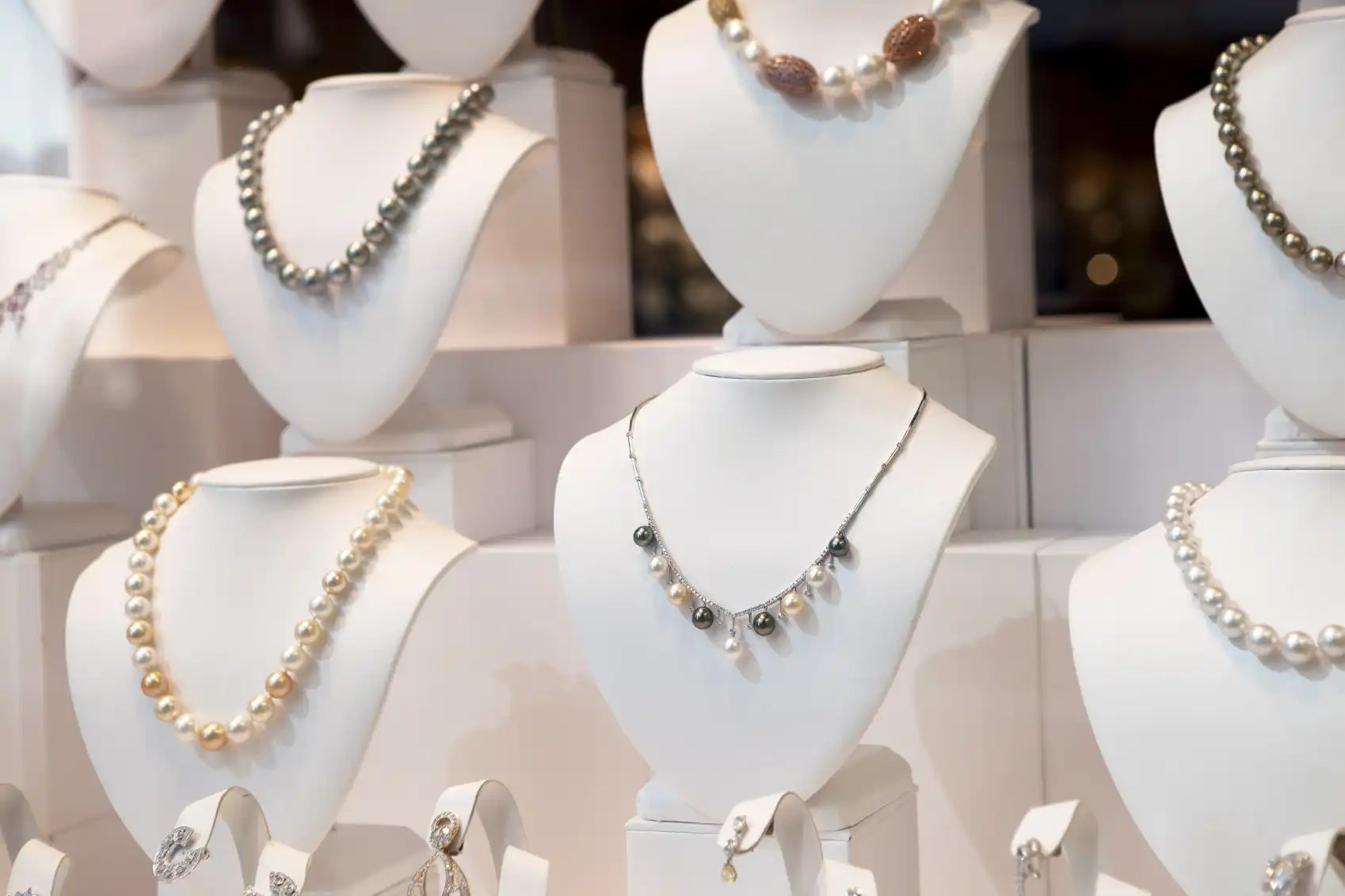Articles
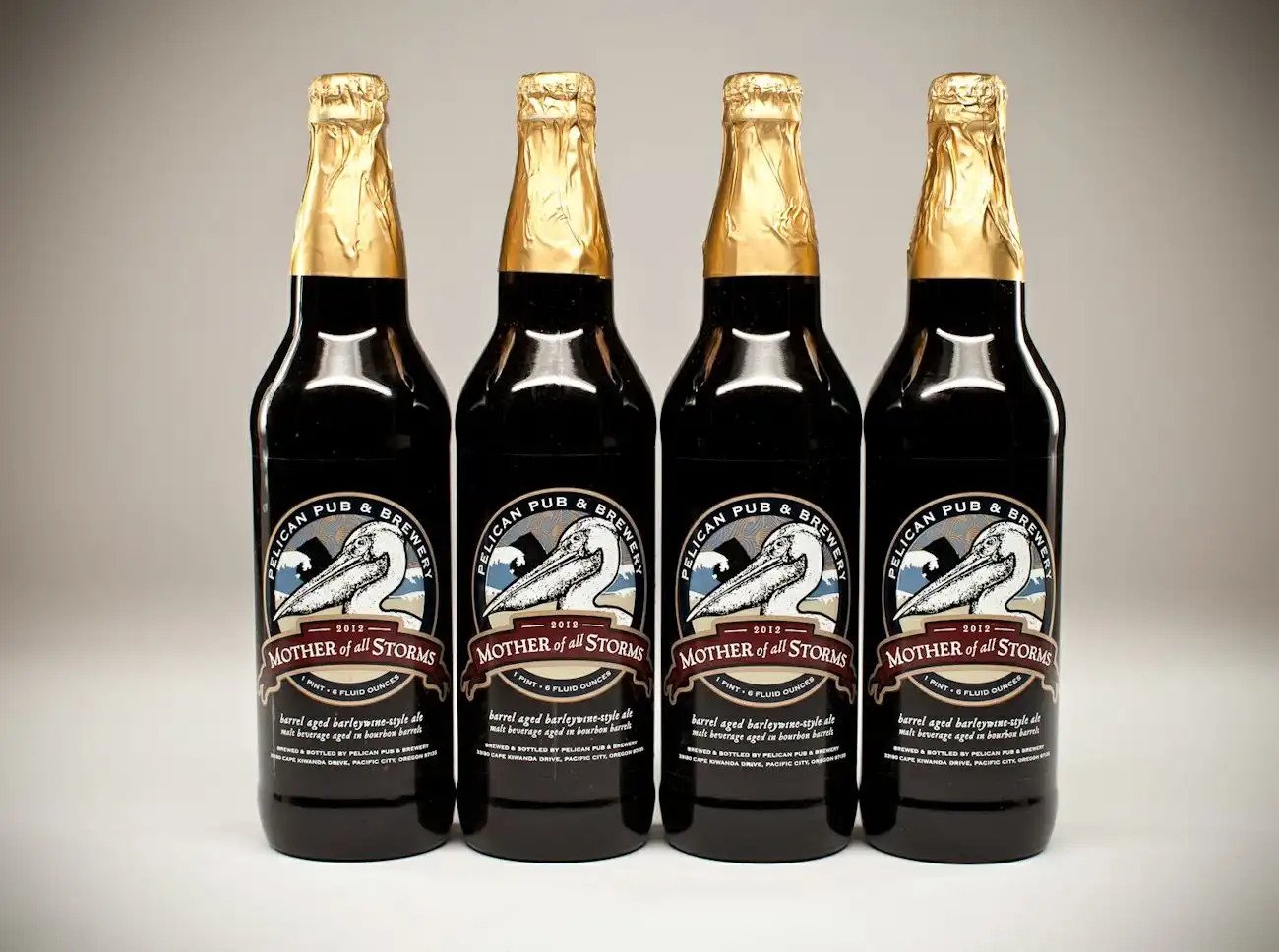
Pro Tip: How to Use Light Falloff for Great Gradient Backgrounds
Photography Talk
Shooting against a bright, white background to create that "floating" effect is nice, but once in a while, wouldn't it be great to use a background that adds a bit more drama and dimension to the shot? A gradient background can do just that, especially for small- to medium-scale work like product or pet photography. The good news is that with a fairly simple lighting setup and little bit of room, you can create countless gradient effects while still modeling your subjects well.
Depth is Key
Whether you're shooting fashion models or miniature figurines, relative depth in the setting is important. That allows you to control the amount of light falloff simply by changing the angle of the light, as well as determine your subject placement within the light and shadow areas.
A seamless background that recedes as far as possible before and as it rises will give you the most flexibility. You don't need a football field; three to six feet of horizontal space will work nicely for most small-scale setups, using an eight-foot long background. You'll need enough width to allow for the convergence of the edges.
Use a Wide, Even Main Light
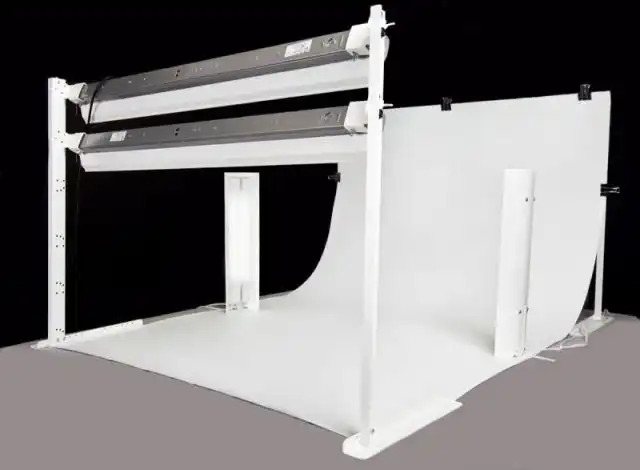
To create an even effect, start with a strong main light above and in front of the subject. A fluorescent fixture works well, or you can use a big soft box. A round light or pair of lights will also work, and can add shape to the gradient, but you'll have to beware of creating hot spots or casting unwanted shadows on your subjects. A straight, horizontal gradient is easier to control.
Angling the Light
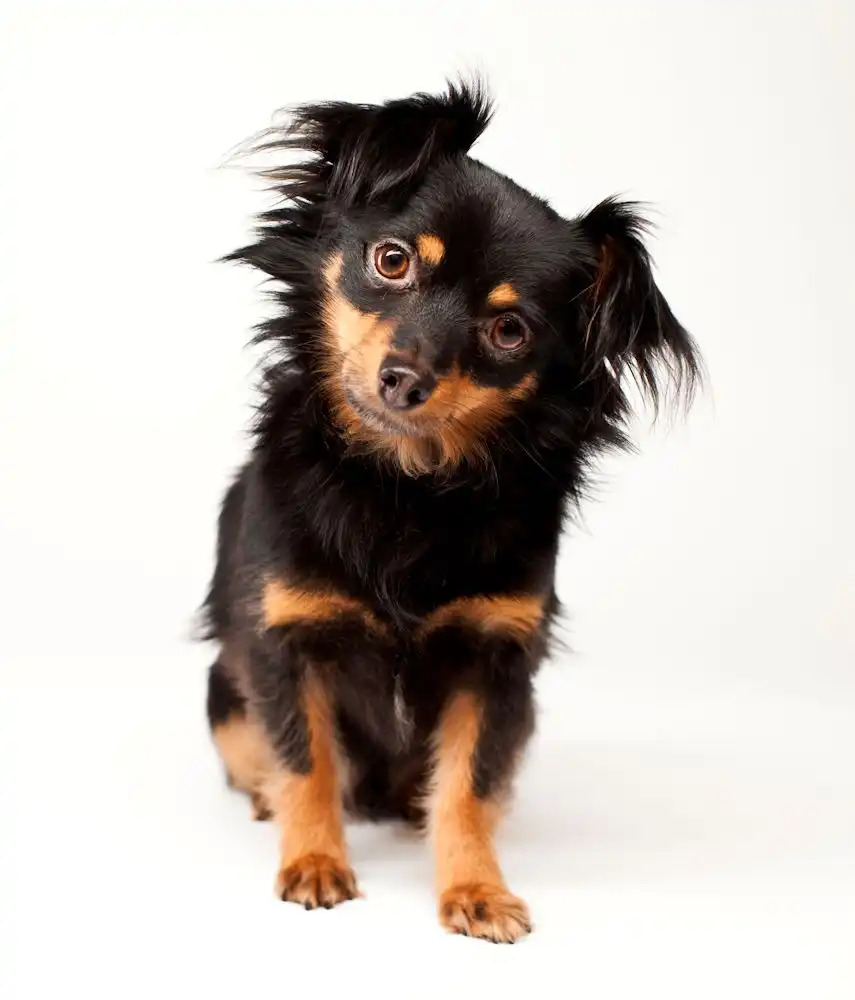
Once your main light is in place, place your subject, or a suitable substitute if your subject moves, and frame up the shot. Controlling the location of the gradient is a simple matter of angling the main light to feather the shadow area into the receding and rising background. If necessary, you can also move the support for the upper edge of the background to adjust the falloff rate.
Adjusting the Subject
Where you place your subject is the other variable in how it fits with your background. If you'd like a little more brightness around the base of the subject, move it closer to your camera, into the brighter area created by the main light. Moving it away from the camera and more into the shadow area can help incorporate any shadows into the background.
Adding Modeling Light
Once you have your gradient created and your subject placed, go ahead and add any modeling light needed to enhance and define the shape of your subject. This can be done with bounce cards, reflectors or additional light sources placed to the sides of the subject. Be careful not to mix color temperatures with mismatched lighting or off-color reflectors.
Aaaand, Shoot!
That's about all there is to it. Creating gradients this way is quick easy, extremely flexible and best of all, cheap. You can work with any color you like, simply by changing the background. Changing the gradient is a matter of changing the angle of the light or depth of the setup. More depth obviously means a more gradual falloff.
Here's a great video that demonstrates just how simple it is to create gradients and how to use modeling and accent lights to bring out the best in the subject. It also demonstrates one of my favorite tools for projects like this: the Versa Sweep series of MyStudio® tabletop setups, specifically the VS36 Kit. Watch how many effects this photographer creates with a few simple changes.
{source 0} {/source}
Finally, if, like me, you like having everything you need for this type of photography in one kit, take a few minutes to look at this kit. It's a little larger than their compact studios, and the 96" background gives you more depth to work with than the smaller kits, too. You can also step up to the VS53 Kit if you'd like to have twin main lights and accent lights to match. You can check that one out here.
{module Article bottom share buttons}
{module Recommended Reading}




